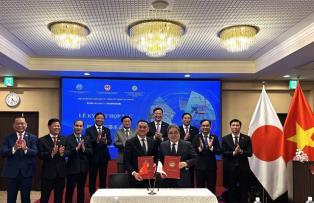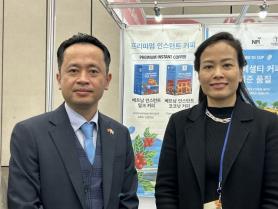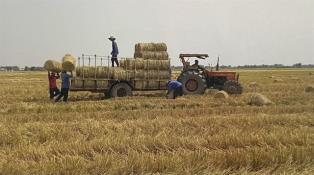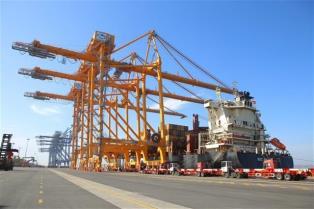Vũ Thế Bình, chairman of the Việt Nam Tourism Association, shared his views with Việt Nam News on how businesses are preparing to meet the growth goals of 8.3-8.5 per cent.
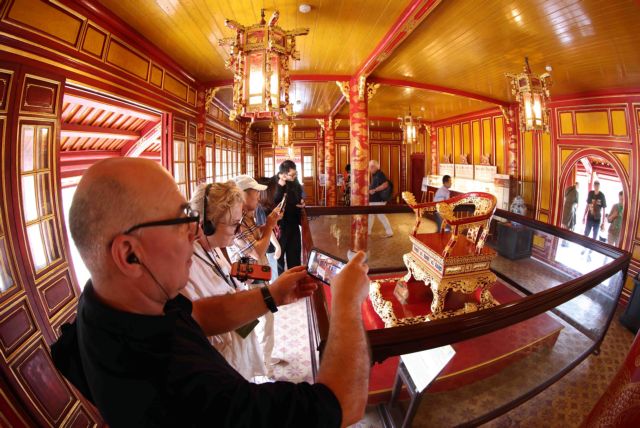
The Vietnamese Government has set ambitious new targets for economic growth in 2025, with tourism assigned a central role. On August 5, 2025 it issued Decree 226, which sets a GDP growth target of 8.3–8.5 per cent across all industries, sectors and localities, placing strong expectations on the tourism sector. In response, travel enterprises are accelerating plans to turn this policy support into concrete results.
Vũ Thế Bình, chairman of the Việt Nam Tourism Association, shared his views with Việt Nam News on how businesses are preparing to meet these goals.
Decree 226 sets ambitious new growth targets, including for tourism. How do you assess the feasibility of these targets in the final stretch of 2025?
When Decree 226 was issued, we were surprised at the Government’s very strong determination. Assigning such a major responsibility to tourism shows the Government’s high expectations of the sector. This serves as encouragement for us to push harder, even under challenging conditions.
In just the first four months of the year, we attracted 11 million visitors – an impressive figure, representing 21 per cent growth. But achieving the Government’s targets remains a huge challenge.
Still, it reflects the trust placed in tourism, and we must try our best. The Việt Nam Tourism Association began implementing action plans as soon as the Decree was adopted.
What specific measures is the association pursuing?
To achieve rapid growth in a short period, we need strong, decisive programmes that require all parties to work together. The key is choosing the most effective path.
There are two main approaches to get more foreign visitors to Việt Nam. First, for independent travellers, we must strengthen communications to provide them with compelling information. But this approach takes time and consistency.
Second, growth depends heavily on tour operators, whose job is to promote and sell tours. We therefore plan to welcome large groups of familiarisation trips from abroad. This may be the first time Việt Nam has organised such a large-scale and rapid campaign.
Over the next two months, we expect to bring in 300–400 executives from major travel firms in Việt Nam's key markets -- a move I must stress again that is quite unprecedented.
Through these visits, foreign tour operators can directly experience Việt Nam's attractions and then inspire and draw their customers in. Using their influence and credibility, they can promote Việt Nam when they return home. We believe this is the force that will help us boost visitor numbers in the short time we have left for the year. For the long term, we have to carry out a lot of work simultaneously.
Of course, Vietnamese tour operators also need to quickly refine new products and deliver the best services, focusing on green tourism and local cuisine to enhance appeal and win over visitors.
Green tourism is closely linked to changing traveller trends in the post-pandemic era. This green factor ensures safety for visitors throughout their journey, with relevant criteria applied to transport, environment, food, and more. Today’s tourists always place safety above all else, even valuing it more highly than cost. They will only set out if the trip is safe and genuinely enjoyable.
The Việt Nam Tourism Association has been actively implementing green tourism over the past two years. After studying and drawing on international experience, we have now issued VITA GREEN certification standards. These criteria are on par with those of countries with developed tourism sectors in the region, while also highlighting Việt Nam's distinctive strengths as a destination.

With the VITA GREEN criteria, how do you assess the level of adoption among member enterprises?
VITA GREEN is considered a relatively high-level set of criteria among dozens of standards worldwide. With support from United Nations Development Programme experts, the association carefully weighed both international and domestic requirements before issuing standards for four categories: destinations, accommodation, restaurants, and tour operators.
So far, we have certified 40 enterprises that meet the standards, and we aim to raise this number to 100 by the end of the year. These are businesses that travellers can fully trust when making their choices.
Many international events hosted in Việt Nam not only attract foreign visitors but also help elevate the country’s tourism sector. How do you view this, for instance with the upcoming APEC 2027 event in Phú Quốc?
Every international event held in Việt Nam brings benefits to tourism. Beyond the primary goals of these events, we must seize the chance to promote Việt Nam's image as strongly as possible to politicians, delegates and experts attending. On this point, I think we have not done well enough.
Many major, high-profile events have taken place in Việt Nam, yet the tourism sector has not fully leveraged them. When participants come here, it is the perfect opportunity for direct promotion – something every tourism professional dreams of. To do better, we need thorough, meticulous preparation.
That is why, at this stage, we are focusing on linking Việt Nam's activities more closely with tourism promotion. I believe APEC 2027 is a very good opportunity. We recently held a meeting on Phú Quốc island, working with provincial leaders, the local tourism association and businesses to discuss how to extract the best from the event’s tourism potential.
Accordingly, a series of promotional activities showcasing Phú Quốc will be organised in the lead-up to APEC 2027 and throughout the event itself, enabling politicians, delegates and experts to directly experience Việt Nam's tourism.
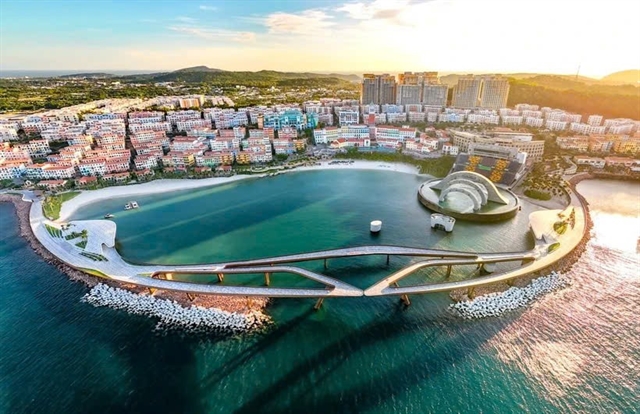
How do you evaluate our visa policy and tourism promotion efforts?
We are very pleased that the Government is now giving such strong support to the tourism sector. In particular, the recent decision to waive visas for 12 emerging markets is an initiative that demonstrates its determination to back the sector.
At the same time, this places heavy responsibility on us. The challenge is to ensure effective development and organisation of activities that take advantage of such supportive policies. We are mindful that once the Government has granted visa exemptions, we must find ways to invest, grow and attract more visitors.
If we invest but fail to generate growth, the fault lies with those of us working in tourism. That is why we are now implementing strong plans and programmes focused on the 12 key markets that have just been granted visa-free access. VNS

